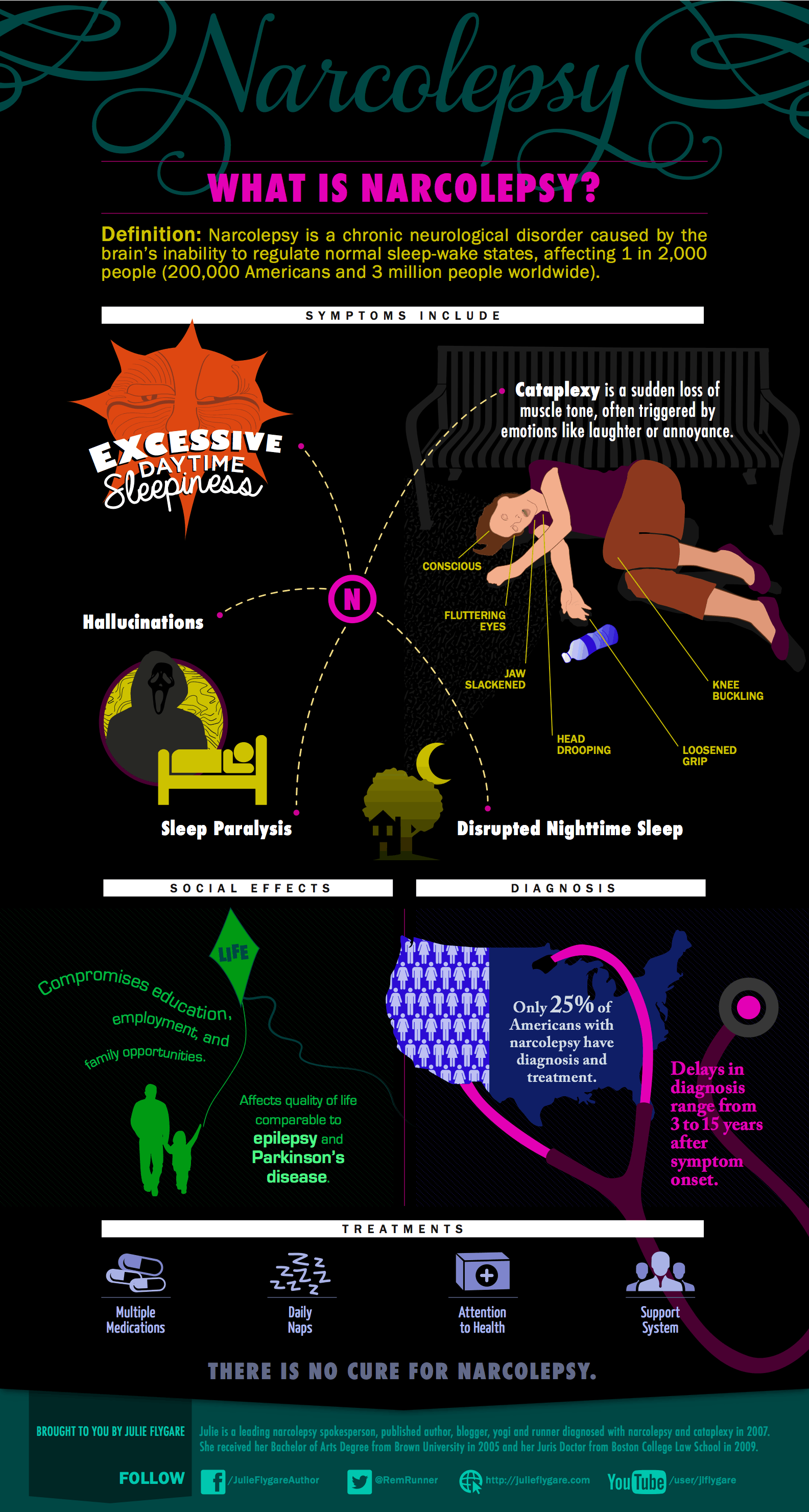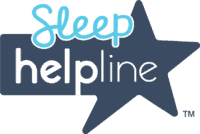Understanding Sleep Health
Many people view sleep as a waste of time disrupting our ambitious daytime activities. Yet sleep is absolutely critical for our health, safety and success.
Are we getting enough sleep?
Nearly70 percent of adults report insufficient sleep or rest at least once a month and 11 percent report insufficient sleep every day of the month.
Sleep loss causes issues with memory and attention, mood regulation, complex thought, motor responses to stimuli, and performance at work or school. Sleep loss may also disrupt thermoregulation and increase the risk of various physical and mental disorders. Short and long sleep duration is associated with up to a two-fold increased risk of obesity, diabetes, hypertension, incident cardiovascular disease, stroke, depression, substance abuse, and all-cause mortality in multiple studies.
In addition, an estimated 100,000 car crashes each year are believed to be the result of drivers’ drowsiness or fatigue behind the wheel.
Nearly 70 percent of high school adolescents sleep less than the recommended 8-9 hours recommended despite a physiological need. Short sleep in this group is associated with suicide risk, obesity, depression, mood problems, low grades, and delinquent behavior.






